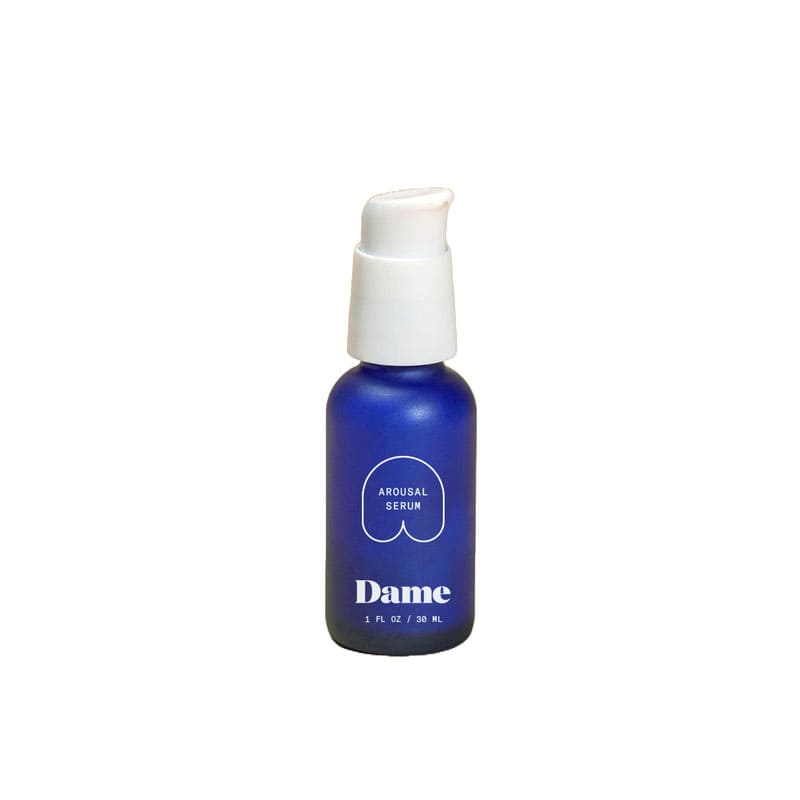What Happens in your Brain During Orgasm?

Foreplay
An orgasm is not just a physical experience, before anything even begins to happen, your brain is being stimulated and the genital sensory cortex, the area of your brain that is responsible for communicating back and forth with your genitals, begins firing.
The clitoris, vagina and cervix each activate slightly different parts of the brain. A recent discovery is that the perineal is also stimulated in this process. Click here to read where the perineal region is.

The different areas of the female brain lighting up at different touch points.
Brain lights in Female vs Males
The clitoris, vagina and cervix each light up different areas of the brain in a female. As each of these parts can lead to orgasm on its own, combining stimulation in more than one of these areas can lead to a more intense orgasm.
As males can only achieve orgasm from the penis, there are fewer areas of the brain affected when compared to a female brain that is aroused.

The front medial lobe turns on, responsible for initiating sexual behaviour.
Arousal
As things start to heat up and touch leads to arousal, the front medial lobe of the brain turns on. This is the part of the brain that is responsible for initiating sexual behaviour.
Depression is associated with a blunted reward signal in this same part of the brain, the front medial lobe, which may explain why sexual dysfunction and issues often happen in people navigating depression.

Hippocampus activates with stimulation.
Stimulation
With more stimulation, the hippocampus activates. This is the part of our brain that manages our memories. While having sex this may mean associating sights and smells with part sexual encounters or fantasising the best encounters in a way to turn up the arousal. This also assigns emotional significance to the incoming erotic stimuli.

The amygdala governs the sexual drive
The sexual control center
The more aroused you become, the amygdala, which governs the human sexual drive, becomes more involved.
It acts as a sexual control center for the brain. Once stimuli are assigned an emotional relevance, then they are communicated to the prefrontal cortex, which modulates sex drive.

The cerebellum sends signals to begin tensing.
The brain a moment before orgasm
As you approach orgasm, it’s not just your genitals that are active. Your cerebellum—the part of your brain which controls your body’s movements—sends signals to your thighs, glutes and abs to begin tensing.
It is this muscle tension that contributes to orgasm by increasing blood flow to that area and increasing nerve activity. In turn, this tensing sends signals back to the brain to be aroused.
The frontal cortex also joins in on the fun pre-orgasm. This part of the brain, associated with planning and more abstract thought, may be responsible for your mind wandering to sexual fantasies just before you reach orgasm.
And finally the anterior cingulate cortex, which is thought to be involved in modulating pain, turns on. Its orgasmic role is to inhibit pain, so that all you feel is pleasure.

The green lit up parts of the brain are what your brain looks like when you are orgasming.
The brain as you orgasm
As you orgasm several other neurotransmitters and brain regions join the party. The hypothalamus releases oxytocin, which causes uterine contractions that people with vaginas are so familiar with.
The oxytocin (feel-good bonding hormone) is created in the pituitary glands of the brain during sex and then released in the hypothalamus.
In males, the part of the hypothalamus related to sex drive is 2.5 times larger than it is in females, providing a biological explanation for why it seems like males have sex on the brain more than females.
This gland’s roles include releasing other hormones, such as the dopamine it will release at this point. It also regulates your body temperature (important as things get hot and heavy) and manages sexual behaviours.

Dopamine is also released during orgasm, from the ventral tegmental area (VTA), which communicates with other parts of the brain to assess how well your human needs are being satisfied.
Associated with pleasure and desire, the release of this feel-good hormone acts on the reward system in the nucleus accumbens—the same area associated with drug addiction and Pavlovian responses.
If the VTA has assessed that these needs have been met, it will send dopamine to the nucleus accumbens to reinforce this motivation and desire to keep seeking these feelings of desire. The path between the nucleus accumbent and VTA is known as the "reward circuit."
So, this is why particular movements or other peculiarities might lead to orgasm for you—because your body is conditioned to know what’s next and want it.
If you've ever felt out of control during an orgasm, it is because climaxing turns off the part of the orbitofrontal cortex that is responsible for decision-making. This may result in either seemingly-involuntary sensations like screaming louder than intended at the time of climax, or just feeling more daring in bed.
While both males and females have the hormone vasopressin, which is associated with regulating sexual motivation, its levels increase dramatically in erection and male sexual arousal, leading to increased male desire to continue engaging in sexual activity. Following ejaculation, these levels drop back to baseline.
Vasopressin may also be responsible for any feelings of possessiveness we feel after sex—its biological function is to develop attachment. (However, it may also be responsible for aggression.)

Serotonin pumps the brain post-sex.






